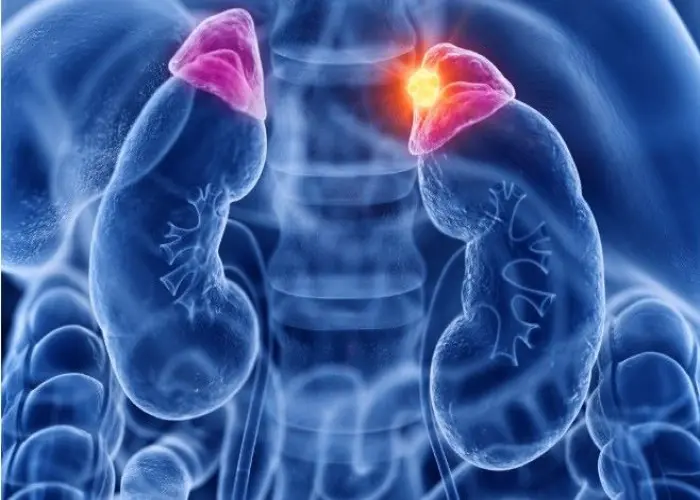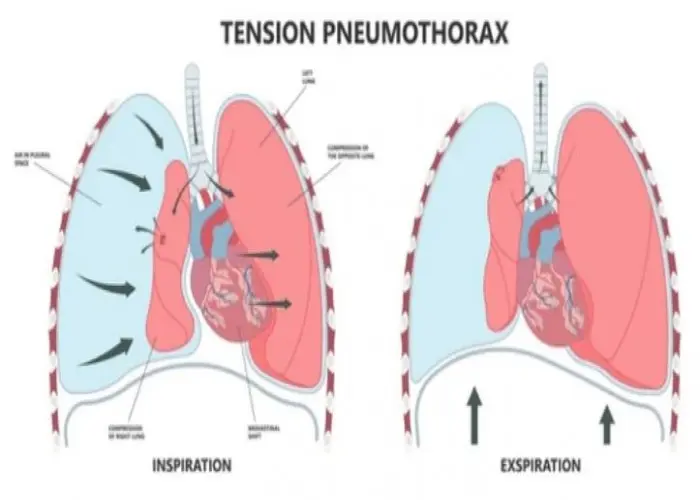 Welcome
Welcome
“May all be happy, may all be healed, may all be at peace and may no one ever suffer."
Wheat allergy

Wheat allergy is an immune system response to proteins found in wheat. When someone with a wheat allergy ingests wheat or inhales wheat flour, their immune system overreacts and produces antibodies to fight off the wheat proteins. This can cause a range of symptoms, including digestive issues, skin rash, and respiratory problems.
Symptoms of wheat allergy can vary from person to person and can include:
- Digestive symptoms such as nausea, vomiting, diarrhea, and stomach pain
- Skin symptoms such as hives, eczema, and swelling
- Respiratory symptoms such as difficulty breathing, wheezing, and nasal congestion
- Anaphylaxis, which is a life-threatening allergic reaction that can cause swelling, hives, difficulty breathing, and a drop in blood pressure.
The treatment for wheat allergy involves avoiding wheat and wheat-containing products. This can be challenging as wheat is found in many common foods, including bread, pasta, cereals, and baked goods. Reading food labels carefully and avoiding cross-contamination is important to prevent accidental exposure to wheat.
In some cases, antihistamines and other medications may be used to manage the symptoms of a wheat allergy. In cases of anaphylaxis, emergency treatment with epinephrine (adrenaline) may be required.
Wheat allergy can be diagnosed through a combination of a physical examination, medical history, and allergy testing. An allergist can help determine if someone has a wheat allergy and develop a plan for managing the condition.
Research Papers
Disease Signs and Symptoms
- Itching
- Dizziness (vertigo)
- Pale skin color (pallor)
- Chest pain
- Chest tightness
- Diarrhea
- Nausea or vomiting
- Difficulty breathing (dyspnea)
- Headaches
- Nasal congestion
- Itching or hives all over the body
- Hives
- Fainting (syncope)
Disease Causes
Wheat allergy
If you have wheat allergy, exposure to a wheat protein primes your immune system for an allergic reaction. You can develop an allergy to any of the four classes of wheat proteins — albumin, globulin, gliadin and gluten.
Sources of wheat proteins
Some sources of wheat proteins are obvious, such as bread, but all wheat proteins — and gluten in particular — can be found in many prepared foods and even in some cosmetics, bath products and play dough. Foods that may include wheat proteins include:
- Breads and bread crumbs
- Cakes, muffins and cookies
- Breakfast cereals
- Pasta
- Couscous
- Farina
- Semolina
- Spelt
- Crackers
- Hydrolyzed vegetable protein
- Soy sauce
- Meat products, such as hot dogs
- Dairy products, such as ice cream
- Natural flavorings
- Gelatinized starch
- Modified food starch
- Vegetable gum
If you have wheat allergy, it's possible you might also be allergic to barley, oats and rye. Unless you're allergic to grains other than wheat, though, the recommended wheat-free diet is less restrictive than a gluten-free diet.
Wheat-dependent, exercise-induced anaphylaxis
Some people with wheat allergy develop symptoms only if they exercise within a few hours after eating wheat. Exercise-induced changes in your body either trigger an allergic reaction or worsen an immune system response to a wheat protein. This condition usually results in life-threatening anaphylaxis.
Disease Prevents
Disease Treatments
Avoiding wheat proteins is the best treatment for wheat allergy. Because wheat proteins appear in so many prepared foods, read product labels carefully.
Drugs
- Antihistamines may reduce signs and symptoms of minor wheat allergy. These drugs can be taken after exposure to wheat to control your reaction and help relieve discomfort. Ask your doctor if a prescription or an over-the-counter allergy drug is appropriate for you.
- Epinephrine is an emergency treatment for anaphylaxis. If you're at risk of having a severe reaction to wheat, you may need to carry two injectable doses of epinephrine (EpiPen, Adrenaclick, others) with you at all times. A second pen is recommended for people at high risk of life-threatening anaphylaxis in case anaphylactic symptoms return before emergency care is available.
Emergency care
Emergency medical care is essential for anyone who has an anaphylactic reaction to wheat, even after receiving an injection of epinephrine. Call 911 or your local emergency number as soon as possible.
Potential future treatments
Scientists are working on several types of immunotherapy to treat food allergies. Immunotherapy exposes you to small amounts of the allergic substance and then increases that exposure over time. The hope is that your body will become desensitized to the allergen, and you'll have fewer or no symptoms.
Several small clinical trials have been done on an oral form of immunotherapy for wheat allergy that showed reduced allergy symptoms. More research is needed, however.
Disease Diagnoses
Disease Allopathic Generics
Disease Ayurvedic Generics
Disease Homeopathic Generics
Disease yoga
Wheat allergy and Learn More about Diseases

Restless legs syndrome

Cushing syndrome

Pediatric obstructive sleep apnea

Burns

Atelectasis

Nasal polyps

Swollen lymph nodes

Scorpion sting
wheat allergy, গমের অ্যালার্জি
To be happy, beautiful, healthy, wealthy, hale and long-lived stay with DM3S.
